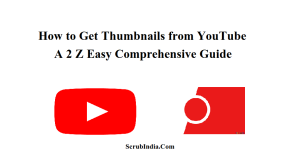Creating a Google Business Account: 10 Easy Steps to Get Started
Creating a Google Business Account: 10 Easy Steps to Get Started In this post, we’ll guide you through the process of creating a Google Business Account and explore the many benefits it offers for your enterprise. In today’s digital age, establishing a strong online presence is crucial for any business looking to thrive and succeed. With […]
Creating a Google Business Account: 10 Easy Steps to Get Started Read More »










